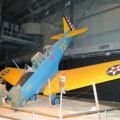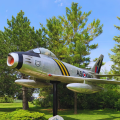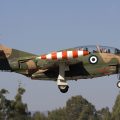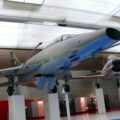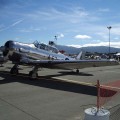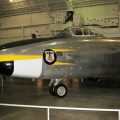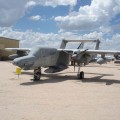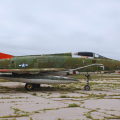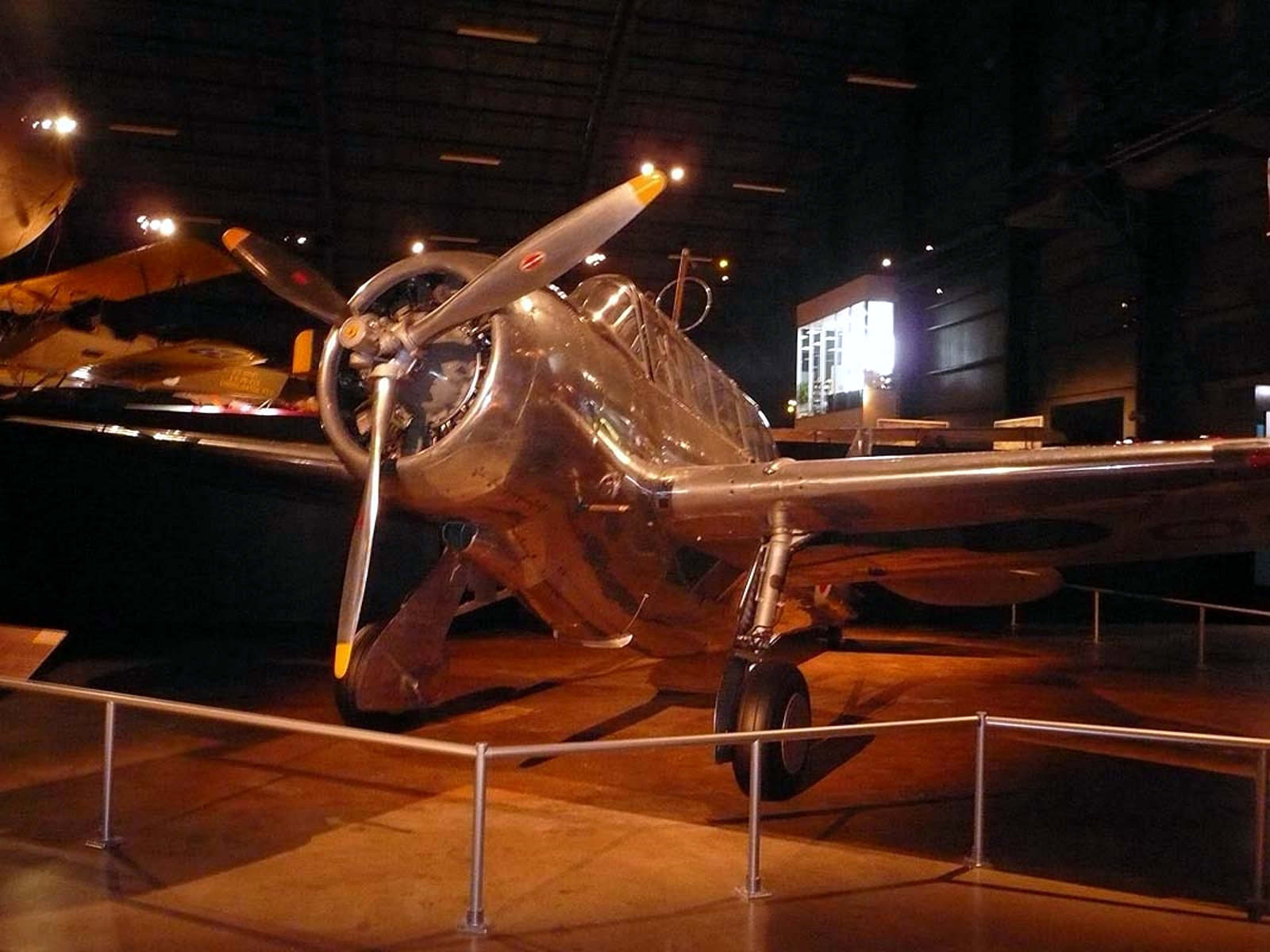
North American O-47 | |
|---|---|
| 국가 | 미국 |
| 역할 | 관찰 |
| 서비스 중 | 1935년 11월 |
| 내장 | 239 |
Tthe 북미 O-47 is an observation fixed-wing aircraft monoplane used by the United States Army Air Corps. It had a low-wing configuration, retractable landing gear and a three-blade propeller. The O-47 was developed as a replacement for the Thomas-Morse O-19 and Douglas O-38 observation biplanes.
소스: 위키백과에 북미 O-47
| North American O-47B Walk Around | |
|---|---|
| 사진 작가 | 블라디미르 야쿠보프 |
| 로컬라이제이션 | USAF 국립 박물관 |
| 사진 | 51 |
참고 항목:
Tthe 북미 O-47 was an observation fixed-wing aircraft monoplane that served in the United States Army Air Corps before and during World War II. It was designed by North American Aviation in the mid-1930s as a replacement for the older biplane observation aircraft. The O-47 had a low-wing configuration, retractable landing gear, and a three-blade propeller. It was powered by a Wright R-1820 radial engine that produced 975 horsepower. The O-47 had a crew of three: a pilot, a co-pilot/observer, and a rear gunner. The aircraft was equipped with a fixed forward-firing machine gun in the right wing and a flexible rear-firing machine gun in the cockpit. The O-47 also had windows in the belly to allow downward observation and photography.
The O-47 was initially ordered by the Air Corps in 1937, with 174 units delivered by 1938. Some of them were assigned to National Guard units. In 1938, a modified version, the O-47B, was ordered, with 74 units built. The O-47B had a redesigned engine cowling, an upgraded engine, and improved radio equipment. It also had an extra fuel tank to increase its range. The O-47B was slightly faster and could fly higher than the O-47A.
The O-47 was intended to perform observation and reconnaissance missions in support of ground troops. However, it soon became obsolete as newer and faster aircraft emerged. The O-47 was too slow and vulnerable to enemy fighters and anti-aircraft fire. It also had limited maneuverability and visibility. In 1941, training maneuvers showed that light airplanes like the Piper L-4 and Stinson L-5 were more suitable for operating with ground troops, while fighters and bombers were more effective for recon and photo duties. As a result, the O-47 was relegated to secondary roles such as coastal patrol, anti-submarine patrol, and target towing. Some O-47s were also captured by the Japanese forces in the Philippines and used against the Allies.
Tthe O-47 was retired from service after World War II. Only a few examples survive today in museums or private collections.
조회수:1304



